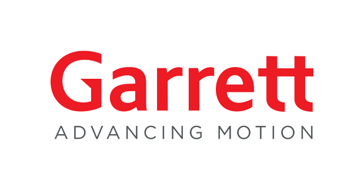The fact that SaaS agreements tend to involve lots of stakeholders from different parts of the company further complicates the matter. Your SaaS contracts likely involve input from multiple members of various teams.
- Legal counsel: Your in-house legal team ensures favorable terms and mitigates risks by thoroughly reviewing each contract.
- Sales operations: If your business uses an integrated workflow with a CRM, your sales ops managers likely own the SaaS contracts flow process.
- Salespeople: The salespeople and managers who are responsible for securing signatures from customers will want to move through the process fast.
- Other approvers: It seems the larger the company, the more approvals are needed. In addition to members of the sales and legal teams, it’s not uncommon for companies to require approval from their product, finance, customer success, and other departments.
- Customers: Arguably the most important signature of all! Your customers need to be satisfied with the contract before they sign it.
When negotiating SaaS contracts, relying on outdated methods to fulfill SaaS contracts can slow down deals and create friction between the various stakeholders involved in the review and approval process.
Redlining in Word can be confusing and complicated, especially when dealing with multiple stakeholders making revisions. We all know how easy it is for documents to get lost in email chains. Further, enterprise negotiations on client paper or heavy edits that are made to templates are complex and, often, confusing.
As tech-savvy organizations, many SaaS providers rely on multiple streams of communication. Things can slow down quickly when stakeholders need to chase down contracts that are spread out over Word, email, Slack, shared drives, PDF, and more. The longer it takes for your sales team to get the contract to the client, the more revenue you lose.
When you use Word or PDFs for SaaS contracts, you don’t have an easy way to consistently flag high-risk issues. You may not even recognize that some high-risk matters (such as termination for convenience) are a regular occurrence. This results in wasting time reviewing the same problem repeatedly instead of changing the language in your templates.
Even though it’s commonly used among teams and in customer data, Word is not an inherently collaborative tool for making revisions to documents. Individuals work separately on redlines using “track changes,” then send it to someone else. This can result in siloed knowledge between teams and individuals, which is especially problematic when ensuring the appropriate legal language is used consistently in each contract.
In some cases, the knowledge of particular negotiation terms is stuck in one silo (or even in one head). When only one team or person is able to provide the necessary negotiation terms to finalize a contract, it slows everyone down (especially if that person is not always up to date on their emails).
SaaS customers are rightfully concerned with protecting their individual and company privacy as well as data ownership. They demand varying data privacy and security provisions, which you may or may not be able to provide with your current software.
It would be much easier (and less time-consuming) to use software fully equipped with high-end cybersecurity to protect everyone involved in SaaS contract negotiations and signings.
Some large companies forbid the use of contract red lining and require SaaS vendors to provide an amendment to their service agreements as part of the negotiation process. As a result, organizations are tasked with negotiating SaaS agreements via a form of amendment, which is often difficult to draft. In some cases, legal advice is required to generate legalese, exception tables, and the language necessary to generate an amendment to the service agreement.


















.png-1.webp)





























